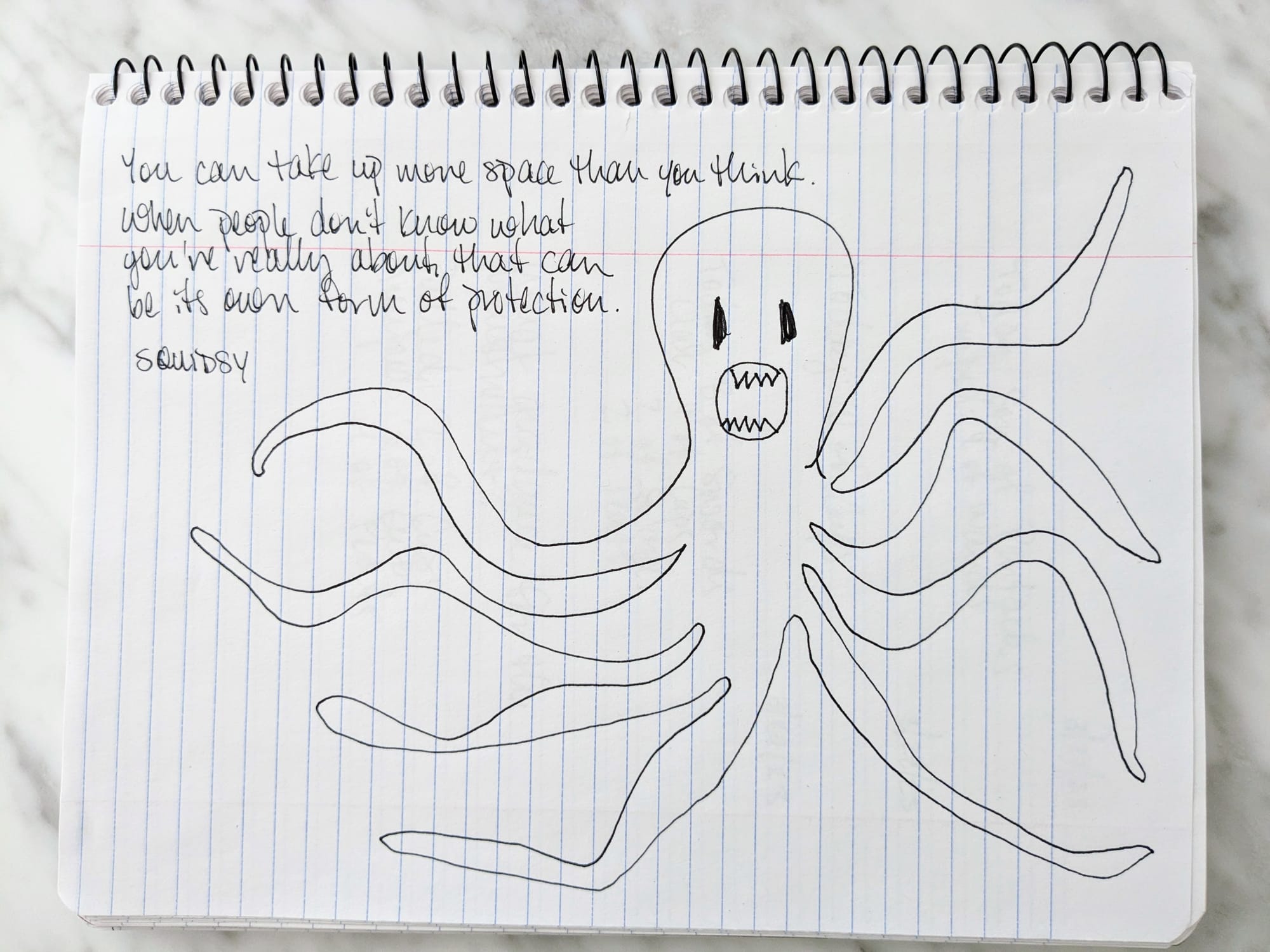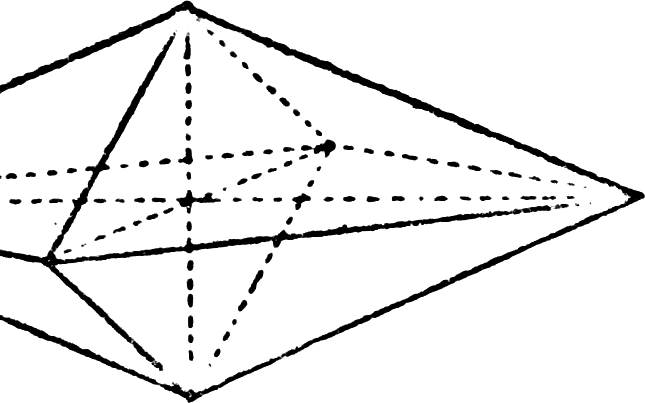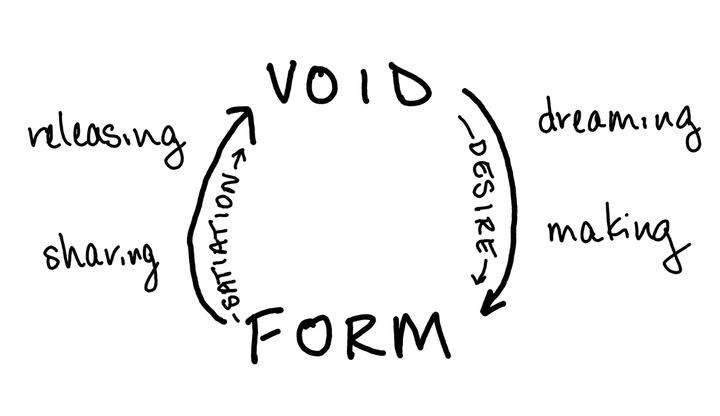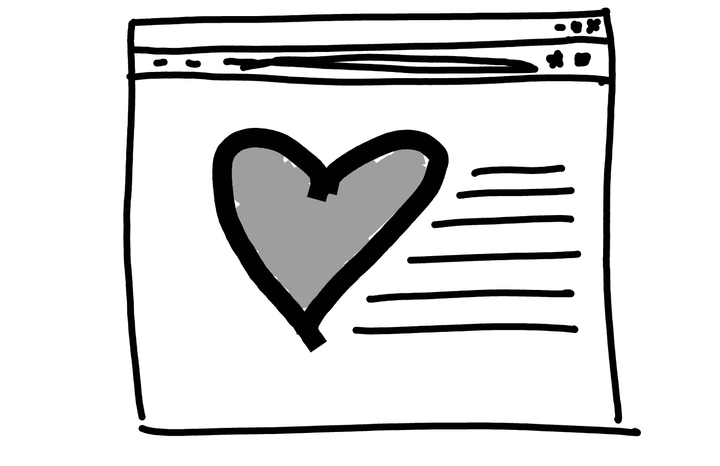Knowing What You Really Want - Why I Left Substack
In response to a prompt in The Wayward Writer, I drew this:

You can take up more space than you think. When people don't know what you're really about, that can be its own form of protection.
I might say, "When you know what you're really about, that can be its own source of power."
Knowing what we're really about -- knowing what we really want -- is key to everything.
And that's why I'm not writing on Substack anymore.
I joined Substack in early 2022, thinking it was a newsletter platform with a focus on writers and a convenient premise--that you don't pay unless you make money via paid subscriptions to your newsletter, in which case they take a 10% cut. It was so easy to set up. I liked how my writing looked in the formatted emails, and how I could look back through my growing body of work on my webpage.
It's been interesting watching the implosion of Twitter. Starting well over a decade ago, I've been told often and in many contexts that I would "need" to be on Twitter if I wanted to . . . fill in the blank: network professionally in my academic life, advance in my public health career, get speaking gigs, find places to submit my writing, get my work published, and more.
Occasionally, I found these voices compelling enough to create (or log back into) an account, throw out a few halfhearted tweets, dutifully "follow" whoever seemed to be the leaders in the particular area I thought I needed to be on Twitter in order to get into, spend a while scrolling through, and repeat for a few days with more halfhearted, awkward tweets before returning to ignoring Twitter entirely.
I always assumed that someday maybe I'd truly need to be on it for some reason, or maybe that I'd regret not spending more time building a Twitter following. But what I really regret is that I ever wasted time trying. It just wasn't the right fit for me. I've found other ways to connect with people and find things out, or I've made peace with not knowing certain things.
I've been thinking about all of this because now I'm watching the ascendance of Substack. I'm sure if I didn't already have one, people would tell me that as a writer or aspiring writer, I "need" to have a Substack. It's beginning to feel like "everyone" has one, or at least every writer with a public presence.
This feels dangerous to me.
Part of what always scared me about Twitter was the way in which thoughts were constrained into tweets--the format of the platform dictating, in a way, which thoughts could be expressed and how they could be conveyed.
It's easy to think that Substack isn't like that--isn't it the opposite, since it's for longform writing? But increasingly, there are Substack best practices--a Substack syntax, a formula. A collection of "shoulds."
I should introduce myself at the beginning of each post, for the benefit of new subscribers and those who have forgotten who I am. I should use headings. I should have an About page that explains my publication and what benefits free or paid subscribers will receive. I should include a subscribe button in each post. I should link to my other work whenever possible.
I'm supposed to do these things if I want to grow my audience and go paid.
And Substack is purpose-built to make me think that's what I want. In fact, they keep rolling out features seemingly designed to make me think this.
First there were the checkmarks, doled out in varying colors to those who had hundreds, thousands, or tens of thousands of paid subscribers. Then there was the "Pledge" feature--a way for subscribers of free newsletters to "pledge" their "support" if a writer were to turn on paid subscriptions. Although seemingly innocuous, the feature seemed to imply that fear of lack of support was the main reason someone wouldn't turn on paid subscriptions.
But what if I just don't really want to grow my audience in this season of my creative life?
What if Substack isn't the place for what I'm trying to do right now?
I'll admit it -- I was afraid of not being on Substack anymore. The organic growth offered by the platform is really considerable. For certain, there are many people who would have found my work had I stayed on Substack who likely won't find it in this new format. That's okay with me.
Because I've become more afraid of what I wasn't writing while I was on Substack. A small degree of difference, over time, and you end up somewhere completely different.
As my audience grew--and as I was pushed to believe that audience growth was important--I began to skirt away from the rawest edges of my writing. Some of the richest topics for exploration take months or years to gestate. Or it can take time just to find the courage to look directly at them.
It's hard for me to go to those places in my writing if I'm also trying to turn out regular work for an audience, work that will then arrive in their inbox equipped with a "Like" button, an ability to comment, an ability to "restack."
And then--and this is a key question I've been skirting the entire time I've been writing on Substack--there is the question of what it means to be a trans writer who writes for a majority cis audience. Specifically, a trans writer who was doing so on a platform that is known to be hostile to trans people.
While many Substack writers were excited about the ability to "discover" more writers through the app, or the Notes features, I felt worried. I wanted to be able to moderate comments before they were posted, but this wasn't an option. I wanted to be able to limit reading the archive to those who had subscribed for free, but this wasn't an option either.
I realized that this wasn't the space I would have designed to encourage and support my writing. Such a space would have different features. Such a space would emphasize different metrics of success.
Just because Substack seems to work for other writers, doesn't mean I need to keep trying to make it work for me.
I wanted to have a newsletter. I set out to have a newsletter.
I didn't mean to get involved in some sort of media ecosystem that has basically become a social media site in its own right.
But now that I see that, I can leave.
What you're reading now is a regular newsletter--you sign up, you get new writing in your inbox. There's no blog component where you can read all of the past work from before you subscribed. There's no Like button -- if you like something, maybe forward it to a friend? There's no comment function -- but you can hit reply if you want to share a thought directly with me. There is no integrated sharing to social media. There is no way to "discover" this writing on a particular app.
It has only, and exactly, the one feature I want right now. A newsletter.
Thanks for being here.


